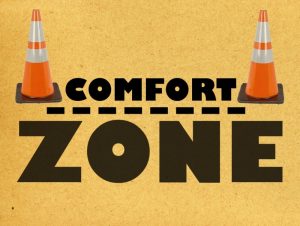
There is another, rarely analysed, idea, which, when creating a full portrait of an opponent, is usually referred to as your comfort zone.
Defining a player's comfort zone, as opposed to analysing frequencies or psychological patterns, is more of an artistic exercise. To find out what an opponent's comfort zone is, you need to find out how the player feels in certain situations or what he likes about poker. In other words, there are certain bluffing situations that the opponent feels are inappropriate, and there are others that feel appropriate. There are styles, strategies, or situations that the opponent enjoys and avoids. Recreating how your opponent feels in different bluffing and valuebetting situations is a very delicate but important task.
When you start to understand your opponent's psychology, you are likely to see some bluff situations that he doesn't understand, even if his perception of them seems to lead him to see them. This is a good indicator of a comfort zone that interferes with a player's strategy.
The comfort zone is inversely correlated with centrality theory. The further a situation is from the centre, the more likely it is to be out of the player's comfort zone. Contrary to popular belief, the comfort zone forces the player to resist the feel of the hand. For example: some players will deliberately resist certain types of thin value bets, bluffing with certain cards, or a sequence of bluffs in the flow of play. Even if the situation calls for it and they are consciously aware that this is the right place for it, competent players with a weak comfort zone may refuse to play an optimal game. So it is really useful to pay attention to the types of bluff that the opponent avoids or stops at. You can use these observations to define the limits of your opponent's comfort zone.





